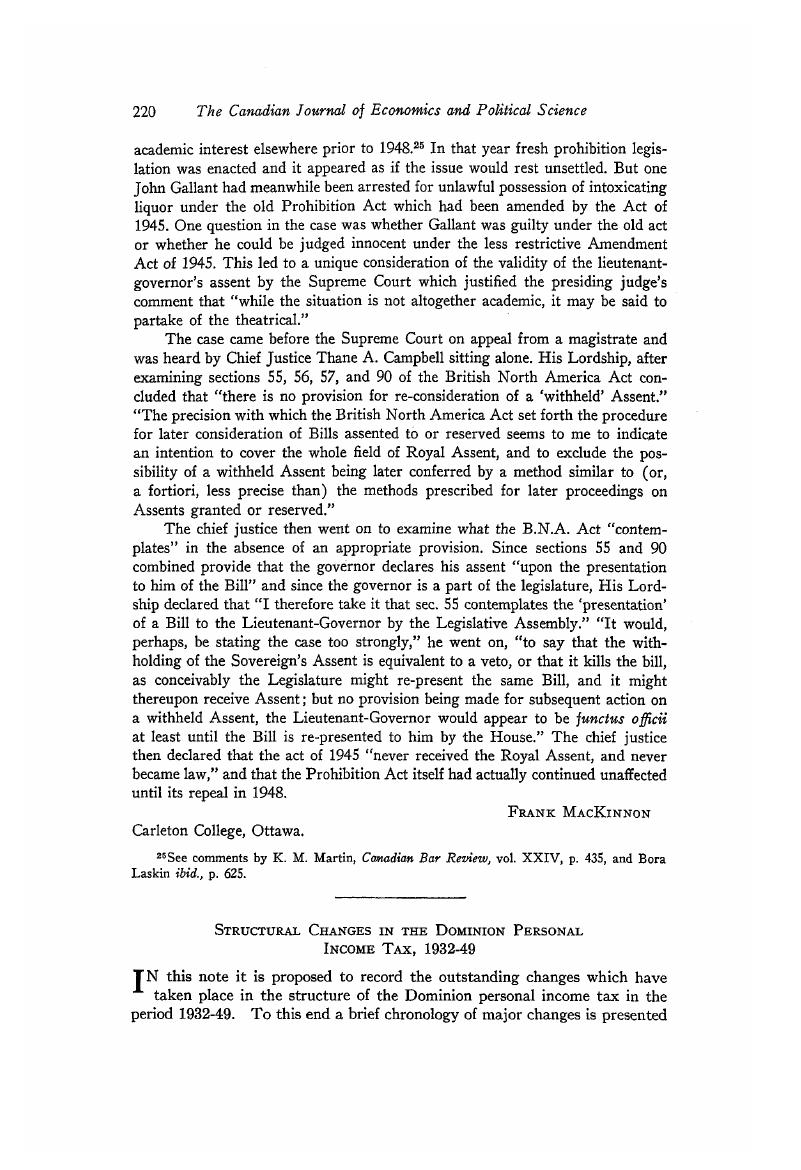No CrossRef data available.
Published online by Cambridge University Press: 07 November 2014

1 Musgrave, R. A. and Thin, Tun, “Income Tax Progression, 1929-1948” (Journal of Political Economy, vol. LVI, 1948, pp. 498–514).CrossRefGoogle Scholar
2 Those with investment income over $3,000 did not enjoy the full 50 per cent abatement; rather, 50 per cent of the tax on such investment income was deferred until the taxpayer's death.
3 For a discussion of this and other measures of progression and references to other literature see Musgrave and Thin, “Income Tax Progression.”
4 It has also been called the “built-in-flexibility” of the income tax structure by Slitor, Richard E., in “The Measurement of Progressivity and Built-in-Flexibility” (Quarterly Journal of Economics, vol. LXII, 1948, pp. 309–13CrossRefGoogle Scholar). This is perhaps not a good term since it does not show the elasticity of total tax yield from all taxpayers with respect to a change in rates.
5 For example, in 1949, the tax on $3,000 is $105 and on $4,000 is $269. For this income interval, the marginal rate may be taken as ($269 - $105) ÷ $1,000, or 16.4 per cent. Since the average rate on $3,000 in 1949 was 3.5 per cent liability progression at $4,000 is given 16.4% ÷ 3.5% =4.68.